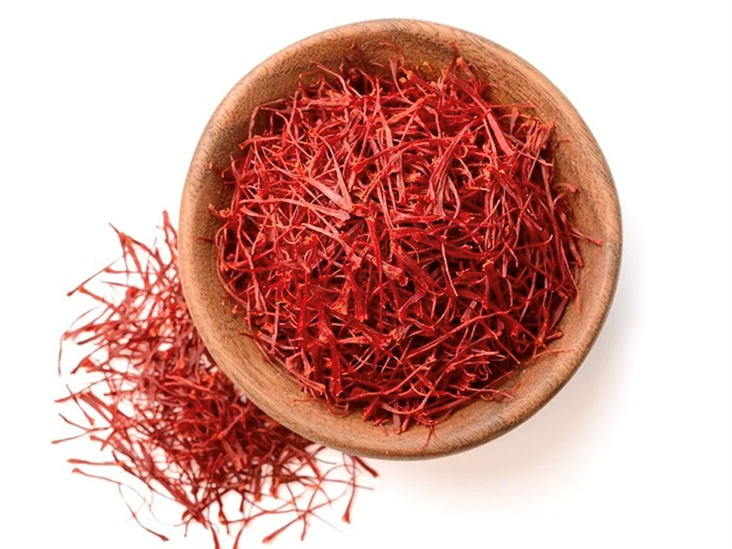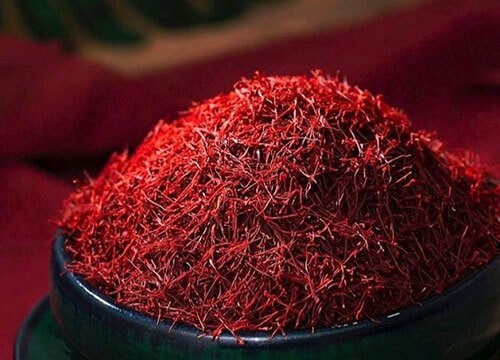How to Grow the World’s Most Valuable Spice
Saffron, known as the “Red Gold,” is one of the most precious and expensive spices in the world. Derived from the delicate stigma of the Crocus sativus flower, saffron offers high profit potential for farmers with the right climate and growing practices. Whether you’re a new grower or looking to expand your agribusiness, saffron farming could be the opportunity you’ve been waiting for.

Why Saffron Farming Is Gaining Popularity
Saffron is in high demand across culinary, cosmetic, and pharmaceutical industries. Due to its high value per gram, even small plots of land can yield significant income. In fact, with rising interest in sustainable and niche agriculture, saffron farming is attracting attention from both traditional and modern farmers.
Key Advantages of Growing Saffron
-
High Market Value: Saffron can sell for $500–$5,000 per pound.
-
Low Water Requirement: Ideal for arid and semi-arid regions.
-
Long-Term Crop: Corms can produce flowers for 4–5 years.
-
Low Pest Pressure: Saffron is relatively disease-resistant.
How to Start Saffron Farming Successfully
Although saffron farming offers strong returns, success depends on understanding the crop’s unique requirements. From choosing the right location to post-harvest handling, each step plays a vital role.
1. Choose the Right Climate and Soil
Saffron thrives in well-drained, loamy or sandy soils with a pH between 6 and 8. It requires hot, dry summers and cold winters, making it perfect for Mediterranean, high-altitude, or semi-arid regions.
Therefore, choose land with full sunlight exposure and proper drainage. Avoid clay-heavy soils, as they retain moisture and increase rot risk.
2. Plant Quality Corms
Start with certified disease-free saffron corms. Plant them in late summer (typically August or September) at a depth of 4–6 inches and spaced 3–4 inches apart. By using larger, mature corms, you increase the chance of a higher yield in the first season.
3. Follow Proper Irrigation and Care
Saffron needs minimal water, especially after flowering. Overwatering can cause fungal infections and corm rot. Instead, water lightly during dry periods and stop after flowering ends. Also, weed regularly to reduce competition for nutrients.
4. Harvest and Dry Carefully
Each flower blooms for only a few days. Harvest must be done early in the morning, ideally within 24–48 hours of blooming. Remove the red stigmas by hand and dry them gently—this step directly affects the aroma, color, and market value.
Is Saffron Farming Profitable?
Yes, with proper planning and care, saffron farming can be highly profitable. Although initial costs are higher than traditional crops, long-term returns are substantial. Furthermore, saffron’s long shelf life makes it an excellent cash crop for small-scale and organic farmers alike.
Ready to Start Your Saffron Farming Journey?
We provide premium saffron corms, training, and consultation for aspiring growers. From land selection to harvest support, our experts are here to guide you every step of the way. Contact us today and turn your land into a golden opportunity!
https://saffronexporter.com/do-you-need-to-grind-saffron/1003/






